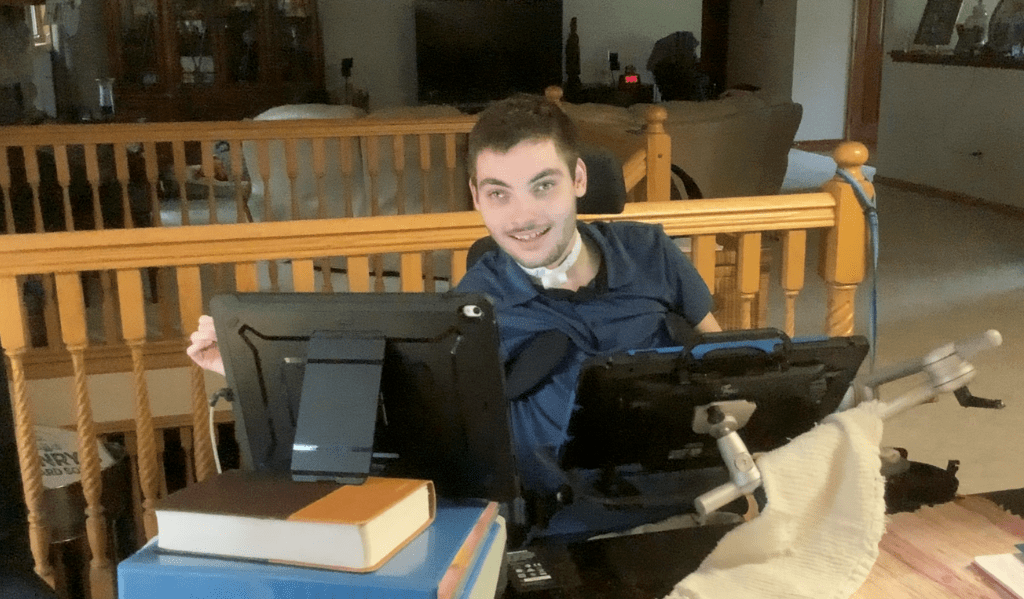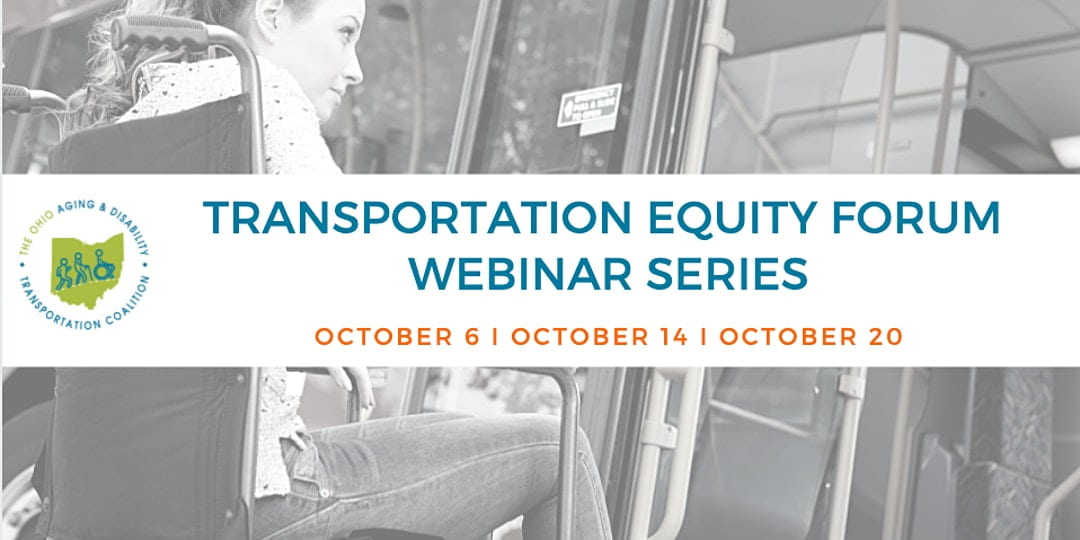Applications Open for SIL’s Leadership Academy – DUE October 9th
Services for Independent Living – Ohio has opened applications for the Fall/Winter Leadership Academy. The eight-week course is designed to help individuals with disabilities develop skills to participate on nonprofit boards, community coalitions, task forces and system change committees.
The course will be held online from October 26 to December 14, 2020 on Monday afternoons from 1:00 to 4:00 pm . The exact dates are October 26; November 2, 9, 16, 23, 30; December 7, 14.
During the training sessions, participants will develop a basic working knowledge and understanding about topics related to serving on a board, coalition, task force or committee. Training topics include the following:
- Community Leadership
- Disability History & Disability Advocacy
- Functions of a Nonprofit Board
- Government Committees, Nonprofit Committees, Commissions, Task Forces & Councils
- Communications, Confidentiality & Board Ethics
- Networking and Developing Community Contacts
Upon completion of the Leadership Academy, SIL will work with participants to identify areas of interest and potential leadership opportunities in the community. Leadership Academy participants will also be paired with mentors who are Leadership Academy graduates.
Any person with a disability who wants to learn how to make a difference and gain confidence and leadership experience in community decision-making on issues important to him or her.
To apply, please contact Laura Gold for an application by calling 216-815-0015 or emailing lgold@sil-oh.org. The deadline for applications is October 9th. Space is limited so we encourage you to apply early. If you need help filling out the application, please let Laura know.
Source: “DD Council Connection – September 2020.” Ohio Developmental Disabilities Council, Sept. 2020, ddc.ohio.gov/News/Newsletters/DD-Council-Connection/DD-Council-Connection-September-2020.




